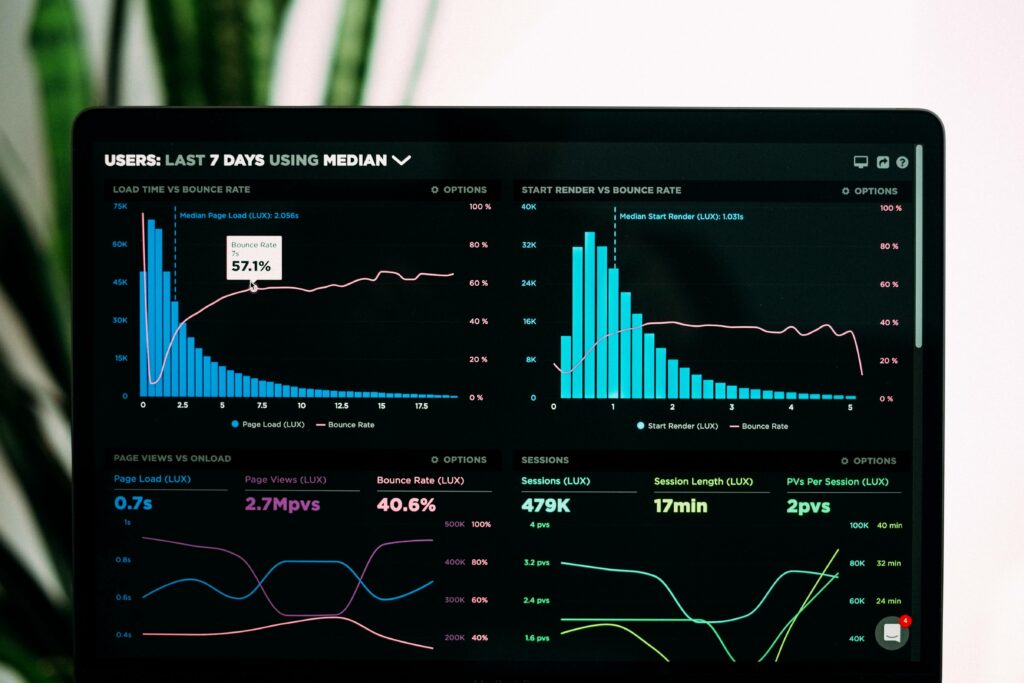Educators and students use PCs, tablets and smartphones every day for a variety of purposes, especially in this era of online learning. The educational data generated by these devices has the potential to change and improve the way we teach and learn.
But data about learners on its own can’t do much. Raw numbers are often not useful. It’s when educational institutions implement tools to collect, process and interpret their data that numbers can be transformed into insights and used to inform decisions.
Collecting and processing school data for the purposes of understanding student information is commonly called “learning analytics” or “education analytics”. In this article, we outline the outcomes of implementing and using learning analytics in educational institutions – both benefits and challenges.
Benefits of implementing education analytics

There are many benefits to implementing the necessary education technology (EdTech) to track and analyse your school’s data. Many of the methods and technology derive from professional business Big Data analysis, following in the footsteps of forward-thinking organisations such as Google.
Analysing current and historical data can offer educators information about their curriculum, whether students are grasping the material or whether further revision is needed.
This analysis can also guide the future: whether the curriculum itself needs revising, whether teaching and learning methods are successful, whether students will achieve highly in their assessments, or if they’re falling behind.
For example, this study highlights that the implementation of learning analytics in higher education at a particular American university surfaced the insight that if a student completed half the curriculum, they were 99% more likely to complete the full degree. The university then realised that providing more support for the first half of a student’s degree could help with dropout rates overall.
In that regard, predictive analytics can also be used to guide learners from K-12 and in university about what the next best thing to advance in their studies may be.
“Whether educators make use of the insights in analytics, or whether the tools themselves are partnered with systems like intelligent tutoring platforms, students of all ages can benefit from data-backed direction about what to do next.”
Learning management systems and edtech data analytics tools provide all this information in as close to real-time as possible. That means that challenges and opportunities can be acted upon quickly and continuously, rather than teachers or students having to wait for periodic reports.
With the backing of analytics, institutions can create better learning processes and learning environments, and improve student outcomes. They can allocate resources more efficiently, and reduce the cost and time associated with uninformed decisions. The insights available in a unique institution’s data can also help them innovate, maximise student retention and completion rates and stay competitive in the education market.
Challenges in the current state of education analytics

According to the Center for Digital Education, one of the key issues in education analytics is access. Though institutions may have implemented advanced analytics networks to collect data, that data is not easily accessible to those who need it most.
Often this data is spread across different platforms – like a student information system, learning management system, operations and financial reporting system – and tools like Google Classroom for example – and needs to be successfully brought into one pool to be used effectively.
Also, in order to make accurate predictions from a school’s data, a great deal of data is needed – perhaps several years’ worth. That means a robust educational analytics system takes time to produce quality results. It’s a long term investment and it requires institutions to have set it up correctly for the questions they want answered.
Interpretation of data can also be a challenge. Data visualization as a field seeks to make interpretation as easy as possible for educators, parents, students and institutions, but without a background in IT systems and data analysis, users can struggle.
“Teachers and educational leaders aren’t data scientists. They should not have to work too hard to learn and use an institution’s systems and tools.’’
In order to ease the burden on users, providers of education analytics tools often offer services to institutions. By partnering with them to develop customised solutions, they can co-design tools and teach those who need them to use them effectively. Educational technology partners can unite data sources and create comprehensive dashboards that everybody can access.
There is also a question about which kinds of data an institution really needs, and how often it should be assessed. Schools and universities most commonly report on topics such as retention and completion rates, and students’ academic, physical and social development in comparison to others state- and nation-wide.
Governments require such reports as reassurance that school systems are delivering what students need. But schools should also assess their own reports to help guide their own strategy moving forward.
When student data is made available on a real-time or daily basis to both instructors and students, and when that data is truly useful (for example, which materials students access and for how long, as opposed to login time), then those concerned can address issues more quickly and effectively.
Of course, education analytics cannot encompass all variables of a student’s life. When a student fails a class, fails to submit an assignment, does not attend class, or drops out, there may be many reasons.
Learning analytics tools can highlight possible issues. But the power of the human mind to interpret and handle human issues cannot be underestimated. This means the insights surfaced by data analytics tools can help teachers to create personalized learning and intervention strategies.
“The data is not the solution; it helps teachers and parents find the solution.’’
The question of privacy is also pervasive in the field of learning analytics. Education technology providers and institutions need to balance ethical concerns of privacy and security of student and teacher data with the need to use that data to make good decisions for those students and teachers.
At the moment, there is no magic bullet solution to this. It is a challenge that we as an industry will continue to study and address. Schools must emphasise transparency, trust, accountability, informed consent and careful consideration from all parties.
Education analytics is necessary in schools of the future

Technology in schools and student’s engagement with technology in schools will only increase. So will the amount of data available from using this technology. Institutions that implement learning analytics to take advantage of this data will achieve positive results in many key areas, such as:
- help students’ daily learning outcomes, their assessment results, and their skill development
- help students remain in school (retention) and stay on track to graduation (completion rates)
- help teachers improve their curriculum, teaching methods and knowledge
- help parents get involved and stay engaged with up-to-date continuous reporting
- improve the foundations and environments of learning
- make decisions backed by evidence of what has worked in the past and what is working now
The future of data analytics in education will see even more growth and improvement in all these areas.
Education technology providers like OctopusBI are engaged with the current challenges in learning analytics and working closely with their partners to chart the right paths forward.
Schools that create and nurture a data-driven culture will be able to use evidence to improve their outcomes.
The data itself is not the key. What institutions choose to do with the data and insights, how they converse, change and innovate, will create a new type of intelligence in K-12 and higher education.




